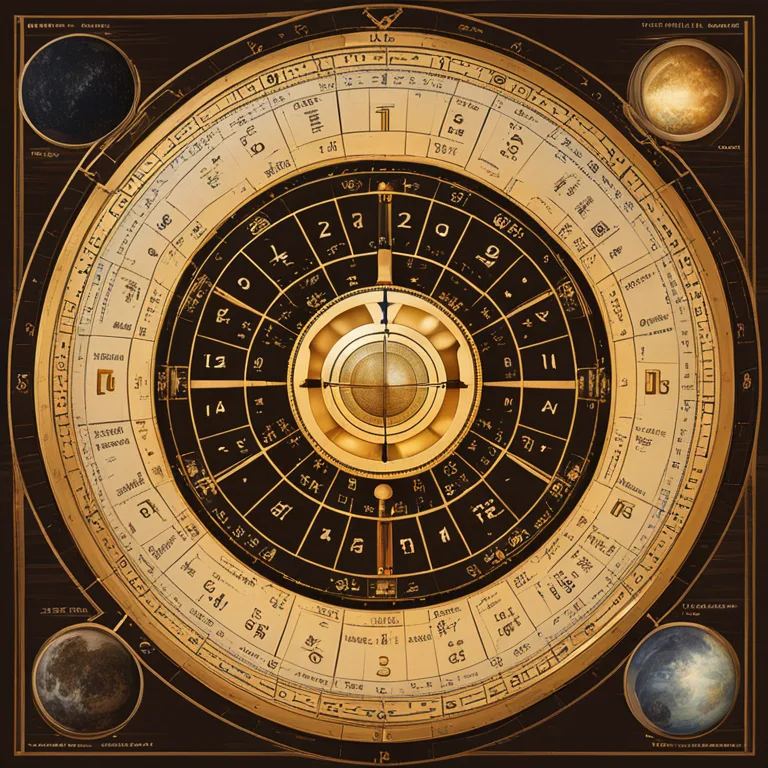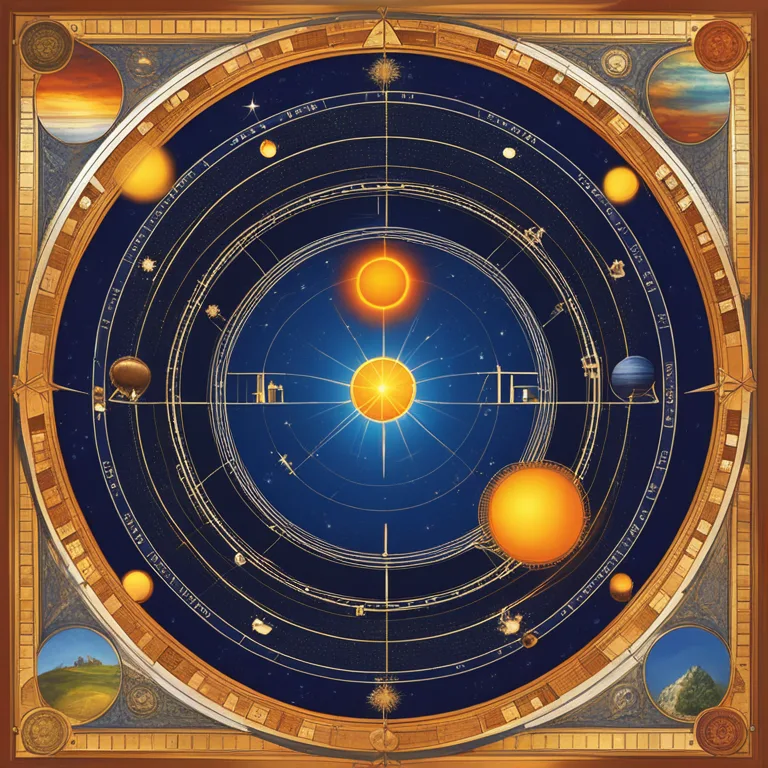
Birth Chart Analysis Without Time
Discover the insights from astrology even when your birth time is unknown in a birth chart analysis.
article by Priya Deshmukh
Birth Chart Essentials
The birth chart, also known as a natal chart, is an astrological map of where the planets were positioned at the moment of your birth. In traditional astrology, the precise time of birth is crucial to determine the Ascendant (rising sign) and the exact positions of the planets within the houses. However, not everyone has access to their birth time, which can be a hindrance when seeking personalized insights from their astrological chart. A birth chart without a known time can still yield a treasure trove of information. In this instance, astrologers may use a solar chart - where the Sun's position at the time of birth is used as the Ascendant, providing a modified but still valuable analysis.

Analyzing Planetary Positions
Even without a birth time, the positions of the planets in the zodiac signs remain unaffected. Without the time, the house placements and rising sign are unsure, yet much can be learned by examining which signs the planets fall in. For instance, a Venus in Gemini might suggest a sociable and intellectually stimulated approach to love, while a Mars in Aries could indicate a strong, assertive energy in pursuing one's goals. Analyzing the relationships between the planets, known as aspects, provides further layers of complexity to an individual's character traits and life patterns.

Focus on the Moon
The Moon moves quickly through the signs, approximately every 2.5 days, which means that without an exact birth time, the Moon's sign could potentially be one of two depending on the day of birth. Despite this, by considering the temperament and essential qualities of both possible signs, a meaningful and nuanced portrait of one's emotional landscape and needs can still be drawn. Delving into aspects from other planets to these potential Moon signs helps in fine-tuning the emotional and intuitive aspects of the prediction.

Solar Houses and Transits
Using a Solar House system places the sun at the helm—literally in the first house of self, shifting the house divisions to follow suit. This method provides an alternative framework for interpreting life areas without the birth time. Transits—the movement of planets at the current time in relation to where they were when you were born—remain significant predictive tools. Transits to personal planets can pinpoint upcoming trends and themes in your life, irrespective of the house positions.

Compatibility and Synastry
Compatibility analysis, also known as synastry, examines the interactions between two people's charts. When the birth time is unknown, the aspects between the planets of each individual can still reveal the potential dynamics of the relationship. Focusing on the placements of the Sun, Moon, Venus, and Mars can uncover powerful insights into romantic, platonic, or professional relationships.
Embrace the Mystery
Astrology without a birth time calls for an acceptance of ambiguity and an invitation to embrace the unknown. It is a chance to focus on what is accessible—planetary aspects, elemental balances, and planetary cycles—without getting overly attached to the specifics that require exact birth times. Engaging with astrology from this perspective encourages a reflective, curious approach that allows interpretations to be revisited and refined as new information or experiences shed light on previously uncharted aspects of a person’s astrological profile.
Published: 12/22/2023
Modified: 12/22/2023
More predictions
Come back here soon to learn more about yourself and your future


Understanding 12 Astrological Houses
Delve into the meanings and influences of the twelve astrological houses that shape personal horoscopes.


The Lead Role of Astrological Houses
Gain insights into how the astrological houses influence your personal horoscope and shape your celestial journey.


Astrological Houses & Their Role In Modern Life
Delve into the significance of the 12 astrological houses and their influence on personal astrology.